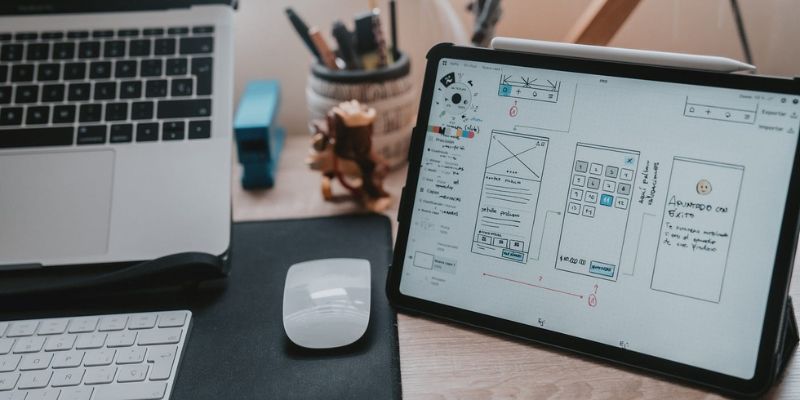
Designing an interface is not only about making it look attractive but also about ensuring that everyone, including people with disabilities, can use it easily. Accessibility in design means removing barriers so that users with different abilities, such as vision, hearing, or motor challenges, can interact with digital products without difficulty. UI and UX designers have a big role in making websites and applications inclusive. By focusing on accessibility, they create experiences that are user-friendly, fair, and beneficial to all. Learning these skills in a UI UX Designer Course in Coimbatore helps designers master accessibility from the beginning.
Understanding Accessibility in Design
Accessibility in UI UX design is about creating digital products that can be used by people with different abilities. It ensures that someone using a screen reader, keyboard navigation, or assistive technology can still enjoy the same experience as any other user. This approach not only helps people with disabilities but also improves the overall usability for everyone.
Using Clear and Readable Text
Readable text is a key part of accessible design. Designers should choose fonts that are simple and easy to read on all screen sizes. The text should have good spacing, and the color contrast between text and background should be high enough for people with low vision to see clearly. By focusing on clarity, designers make sure that users do not struggle to read important information.
Designing with Proper Color Contrast
Colors add beauty to design, but they must be used carefully for accessibility. Some users may have color blindness, which makes it difficult to differentiate between certain colors. Designers should use strong contrasts, such as dark text on a light background, to make content visible. Relying only on color to show information should be avoided, and additional indicators like text labels or icons should be included. A UI UX Designer Course in Madurai trains learners to follow these best practices.
Adding Alternative Text for Images
Images play an important role in digital design, but they can be invisible to people who rely on screen readers. To solve this, designers should always add alternative text (alt text) to images. This short description tells visually impaired users what the image represents. Adding alt text not only improves accessibility but also helps search engines understand the content better.
Making Navigation Simple and Clear
A website or application must be easy to navigate for all users. Designers should use clear menus, descriptive links, and logical page structures to guide users. Keyboard navigation is also essential because some people may not use a mouse. Ensuring that users can move between buttons, forms, and menus smoothly makes the interface much more inclusive.
Designing Accessible Forms
Forms are common in websites and apps, but they can be challenging for many users if not designed well. Labels should be placed clearly next to input fields, and error messages should explain what went wrong in simple language. Adding instructions and using proper spacing between fields makes it easier for users to complete forms without confusion.
Ensuring Multimedia Accessibility
Videos and audio files are often used in digital experiences, but they should be accessible to everyone. Designers can add captions to videos for people with hearing challenges and provide transcripts for audio files. Including descriptive audio for visual content helps those with vision impairments. These small steps ensure that no one misses out on important content. Students in a UI UX Designer Course in Pondicherry gain practical knowledge of designing accessible multimedia.
Testing with Real Users
One of the best ways to check accessibility is by testing with real users, including people with disabilities. This helps designers understand how their product is actually being used and where improvements are needed. Testing also reveals issues that might not be obvious in the design process. Involving diverse users ensures a product that works for everyone.
Following Accessibility Guidelines
Designers can follow established guidelines like the Web Content Accessibility Guidelines (WCAG) to make their work more effective. These guidelines provide clear rules on text, colors, navigation, multimedia, and more. By following them, designers create interfaces that meet global standards of accessibility and deliver a better experience to users.
The Role of Empathy in Design
Accessibility is not only about rules and tools, but also about empathy. Designers need to put themselves in the position of users who may face challenges while interacting with technology. By thinking about their needs, designers create products that are not just functional but also respectful and inclusive. Empathy helps turn good designs into truly meaningful ones.
Creating accessible interfaces is one of the most important responsibilities of UI UX designers. By focusing on clear text, proper color contrast, alternative image descriptions, simple navigation, and accessible forms, designers can remove barriers for many users. Adding captions, testing with real people, and following global guidelines make the design even more effective. Most importantly, practicing empathy ensures that digital products respect and include every individual. Accessibility is not just a feature-it is a way of designing that brings technology closer to everyone. A UI UX Designer Course in Tirupur equips learners with the skills to create such meaningful and inclusive designs.
Also Check:
